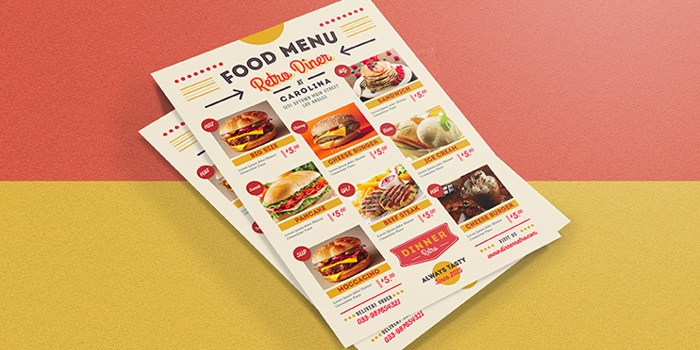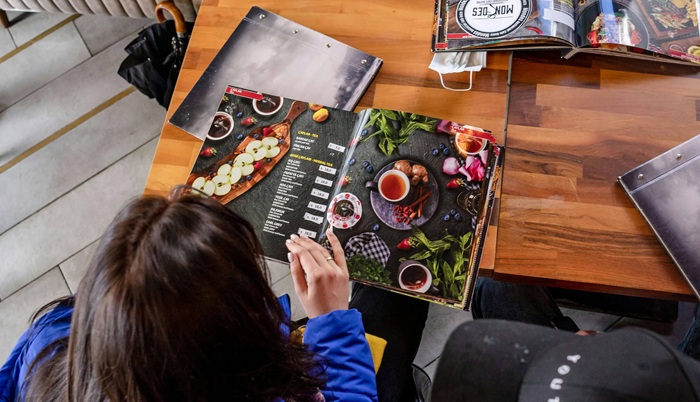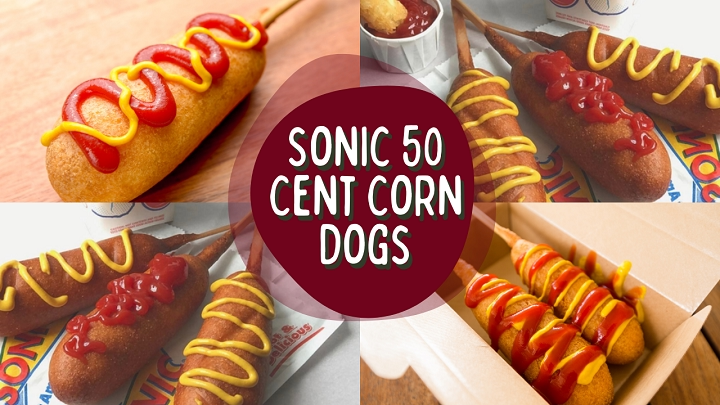The size of the dinner menu is the most essential part of the success of any restaurant. No matter whether your establishment is a mere bistro, a family-dining place, or a gourmet restaurant, the cuisine does have its limits in terms of pleasing the customers, operational effectiveness and the profitability as well. An excessive length of the menu may bewilder customers, slow down work in the kitchen and enhance wastage of food. Conversely, too short may not give you enough options and will discourage the customer from coming back to the same place to enjoy your cooking abilities.
Finding how many dishes should be included in the restaurant’s dinner menu is about a balance between variety and focus. Restaurants need to take into consideration restaurant kitchen capacities, staffing, and dining experience that the restaurant hopes to offer. Operators can direct the selection of the dinner carefully, avoiding the need to sacrifice on the quality or the speed of service to the guests.
Realizing the Significance of Dinner Menu Size.
A dinner menu can determine what a diner experiences directly. An excessively large menu can cause decision fatigue in situations in which customers become overwhelmed by orders. It can lead to slow ordering hours, misunderstanding and even dissatisfaction with the meal breakfast. On the other hand, the menu may be too short and fail to appeal to a wide range of tastes and cuisines thus making the customers unlikely to come back.
Restaurants should put into consideration their target population to design the size of the dinner menu. The family oriented restaurant may indeed enjoy a comparably lengthy menu, so as to give a deal to children, adults as well as special needs. Restaurants serving fine food usually have fewer, but very edited and refined dishes because of the focus on high quality and the generation of a unique culinary experience. Having the right balance will bring out a feeling of comfort to the diners and desire to dine out.
Factors That Influence Menu Size
There are a number of operational and strategic considerations with regards to the optimal size of dinner menu. First, there is the capacity of a kitchen and staffing. An extensive menu has the potential to stress the kitchen and slow down the time of preparations and contribute to a decline in food quality. Limited and carefully selected menus also enable the chefs to specialize in the preparation of each meal that will taste and look the same.
Another key consideration is sourcing of ingredients. Having a dinner menu where ingredients are locally produced or using a seasonal menu can force the menu to have fewer items in it to ensure the food does not spoil and to reduce the waste produced. Also, the type of style in the food is a reason as to why the size of the menu will differ; by casual style, the menu will increase due to the affordable nature, whereas gourmet restaurants will find it easier to manage smaller menus with quality variety.
Optimal Dinner Menu Size by Restaurant Type
There is not such a unique manner, so general guidelines can assist. A dinner menu with 20-30 main dishes can work quite well in the case of casual dining restaurants. This gives an opportunity to have sufficient diversity without being excessive to the kitchen. Fine dining restaurants have smaller dinner menus usually about 8-12 main dishes with few appetizers and they value quality and presentation rather than quantity of food.
Family-style and buffet restaurants have possibly bigger menus to meet a more varied diet, such as vegetarian, vegan and gluten-free. These restaurants commonly have varieties of foods in some of the segments, such as appetizers, entrees, sides, and desserts, so everyone could find something appetizing. Adjustment of menu size depending on the type of restaurant is a guarantee of efficiency in operations and satisfaction of the customers.
Menu Size and Customer Experience
Customer perception and dining experience is also influenced by the size of the dinner menu. Having a properly structured, and appropriately sized menu gives the diner chances to make a quick decision without the feeling that he or she is being hard-shaped when choosing. Conversely, an excessively long menu may also cause a restaurant to feel busy or crude, thus reducing the price of the food.
There is also the psychology of the menu. The number of options in a given category is reduced in many restaurants as a way of influencing customers to purchase signature dishes. Restaurants are able to offer a targeted menu with focusing to improve the entire experience but will also increase its profitability. Diners like a menu that is easy to read, attractive and in tandem with the concept of the restaurant.
Sample Dinner Menu Sizes
The following table demonstrates examples of the sizes of dinner menu separate from the types of restaurants:
| Restaurant Type | Number of Appetizers | Number of Main Courses | Number of Desserts |
| Fine Dining | 5 | 10 | 5 |
| Casual Dining | 8 | 20 | 6 |
| Family-Style/ Buffet | 10 | 25 | 8 |
| Bistro/ Café | 6 | 12 | 4 |
This table assists restaurant owners to visualize about the menu size that can differ according to the type of establishment and target audience. A moderate perspective would guarantee a functional yet sufficient variety of the kitchens to satisfy diners.
Common Mistakes in Determining Menu Size
A lot of restaurants also fail in calculating the size of this dinner menu. Another error is adding too many dishes to satisfy the customer needs and spoil the kitchen staff and the customers. The other wrong is insufficient options as the diners may express dissatisfaction or tiredness of viewing.
There is also redundancy that should not be used in restaurants. Placing deluge with too many offerings of a similar nature is likely to create confusion and water down on the attraction of goes down with. Through the analysis of customer preferences and following-up sales data, restaurants may narrow down the menu of the evening meal and achieve the maximum satisfaction and profit.
Frequently Asked Question (FAQ)
Which should be the composition of the ideal dinner table?
It is based on the type of the restaurant and usually 8-12 main and 20-30- for casual restaurant cuisine.
Does it mean menu size has an impact on customer satisfaction?
Yes, an excessive choice or lack of choice could affect the meal.
What effect does menu size have on efficiency in the kitchen?
Having a bigger menu can slow down the preparation and lower the food uniformity.
Do restaurants vary in menu size between season?
Yes, seasonal changes are guaranteed replenishment and differentiation.
Is it a diminished menu that works better in gourmet restaurants?
In the main, no, as it says quality and signature dishes are stressed.
Can large menus increase profitability?
However, that is not always the case, because an excess of options can lead to waste and inefficient working.
Do menu size counts come with dessert selections?
Yes, the overall size of the dinner menu is considered as the aspect of sweet stuff.
Dinner menu size is one of the key areas in the success of any restaurant. Finding the right balance of variety and focus is the right way to make sure the diners have a pleasant experience and the kitchen is not stressed out too much. Operators are able to prepare a menu that improves customer satisfaction, maximize efficiency, and optimize profitability by adjusting the menu -size based on the type of restaurant operation, operational capacity, and targeted audience.
Whether it is operated out of a small and carefully crafted list of signature dishes present at a fine dining establishment to wings, burgers, and pizza found in a casual dining establishment, the scale of a dietary menu is evenly connected to the dining experience, as well as the business results. Listening to menu structure, variety and presentation would make sure that each of the diners leaves content to go back.









